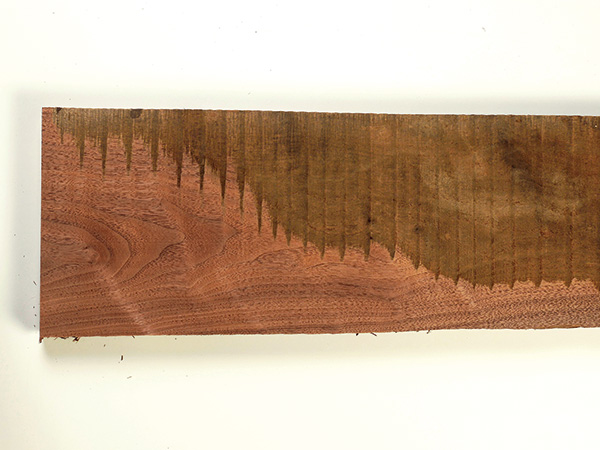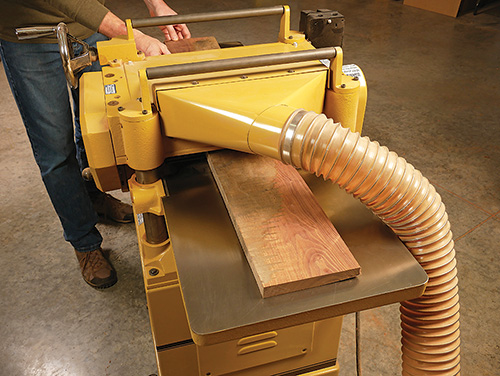
Every time a board is sliced away from a log, there is a chance it will distort — either from internal stresses developed while growing or as the fibers shrink as the board continues to dry. A flat, straight board can become anything but. Identifying the specific defect can help a woodworker make the most of the stock in hand.

1. What’s in a name? To say that your board has “warped” is not really very descriptive nor useful. There are specific names that help us understand what type of movement is occurring, and that helps to define how to deal with the distortion. The bad news is that these conditions are not rare. The good news is that once a piece of wood gets to about a 12% moisture content, the gross movement stops — it has “stabilized.”
2. Our first term is “cup.” This is most common in flat or plainsawn lumber. The board stays reasonably flat in its length, but it curves across its width, away from the heart of the tree. Simply put, there is more shrinkage on one face of the board than the other. Once the wood stabilizes, use a jointer to flatten the face opposite the crown of the cup. Then run the board through a planer.
3. “Bow” describes a board that is flat across its width but curves in length: like a classic bow that powers an arrow. Once this board reaches equilibrium, the best way to make use of it is by cutting the board into very short pieces. The short length lessens the effect of the bow. You will still need to prepare the stock to be useable, but by starting with the short pieces, more material will remain useable.
4. “Spring,” often called “crooked,” means the board faces are flat in length and width, but from above the edges look a bit like a stream meandering around a bend. To produce the most material from this distortion, cutting the board to shorter pieces is again a first step. Then, straighten an edge, on a jointer or with a straight-line jig, so you can complete your stock preparation.
5. A “twist” is just what it sounds like. The board curves both in length and width, a bit like a corkscrew. This is perhaps the worst of all the possible distortions, and there is little to do to salvage a large, twisted board. You can, of course, chop it into small enough pieces so that the distortion is not evident (and there is always the fireplace or woodburning stove).





